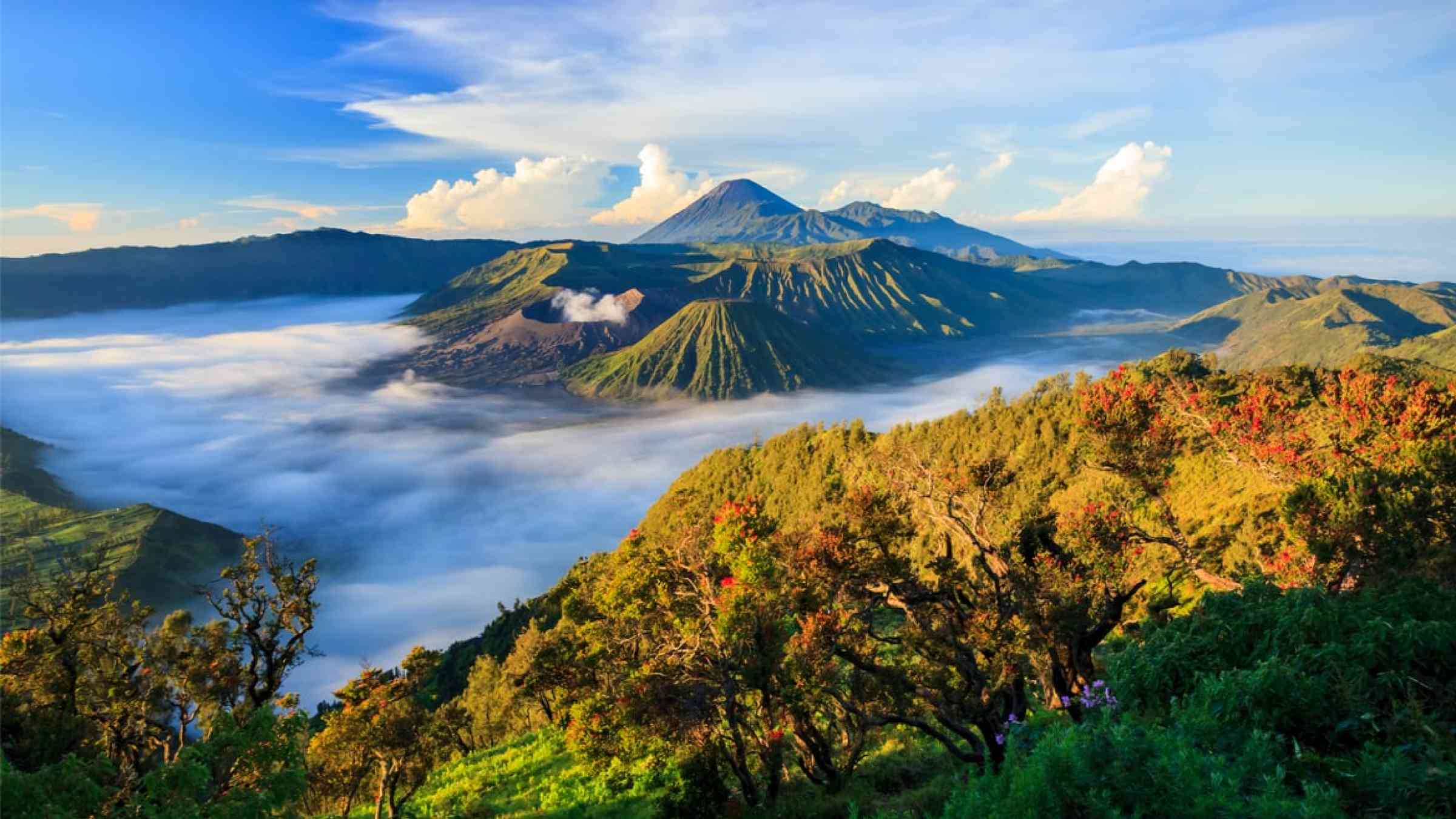Why did the early warning system fail to save the lives of residents around Mount Semeru?

The Mount Semeru crisis in Indonesia on Dec. 4 and 5 killed at least 43 people, with some 13 people are missing and at least 3,000 housing units damaged as of Dec. 9. Thousands of residents, especially the Lumajang Regency, East Jawa were displaced to the nearby villages.
The Governor of East Java, where the volcano is located, claimed the volcano early warning system (VEWS) was up and running, citing the Center for Volcanology and Geological Hazard Mitigation (PVMBG).
But why did the early warning system failed to save the lives of residents around Semeru?
“Waspada” (Advisory) versus Awas (Warning) status
To answer this question, it’s important to understand how PVMBG of the Ministry of Energy and Mineral Resources classify the physical events of Semeru and the corresponding alert levels.
The PVMBG monitor and surveil Semeru’s danger status using a VEWS that focuses mainly on the volcano’s primary threats namely the eruption, including the larger ash emission and other materials to the atmosphere from inside.
Indonesia ‘adopts’ the US volcano danger classifications, where the highest status of the volcano is Awas (Warning Level – Red). Awas means “a volcano is going to erupt, is erupting or is in a critical state that could result in a calamity. Critical signs are marked with ash released into atmosphere, which have the potential to trigger an eruption in less than 24 hours”.
The implication is warning messages at community level are issued only at the Awas level and not at other lower levels.
According to PVMBG, blasts and explosions around Semeru were not due to primary activities from inside the volcano but rather a rainfall induced explosions. The excessive rainfall interacts with the accumulated lava that eventually overtopped eroded part of the volcano’s lava dome. This triggered the burst of pyroclastic flows and solid hot debris.
As the explosion was caused by secondary factors rather than the internal activities of the volcano, the PVMBG has been keeping Semeru in Waspada or Yellow Alert status on December 10, 2021.
Head of PVBMG Andiani told the media that the dangerous condition of Semeru remained on the status quo and was still below the danger level of three volcanoes with Siaga (Watch) status: Merapi in Yogyakarta, Lewotolok in East Nusa Tenggara, and Sinabung in North Sumatra.
Various media has referred to what happened to Semeru as eruptions, but the former Head of PVBMG Surono said the more appropriate terminology could be rainfall induced explosions and hence a ‘secondary hazard threat.’
As the PVMBG data suggests, there was no eruption from internal volcanic activities, but elevated unrest above background level in the crater and the interaction between the downpour and lava materials caused the lava dome to release avalanches of hot ash clouds. While at the downstream, as also occurred last year, the rainfall accelerated the rapid transport of the Lahar.
The missing link and risk governance loopholes
The government must realise that it is very likely that (and as empirically proven in Semeru) ‘secondary hazard threats’ are no less deadly and detrimental. This type of risk is real and must be integrated in the overall volcanic preparedness plan and warning system.
Secondary hazard threats must be monitored as an integral part of volcano risk governance, and they should be treated as seriously as primary hazard threats. The government and the community can co-establish a people-centred volcano early warning system. Rainfall-induced volcano crisis has been documented in the context of Montserrat and Kīlauea Volcano, Hawai‘i.
Organisations like PVMBG must maintain an early warning system structure that’s connected to grassroots communities. A healthy early warning system must be able to save lives. The claim regarding the existence of a formal volcano early warning system (VEWS) that functions well but is proven unable to save the local people suggests that the whole VEWS remains an elitist bureaucratic procedural text that has nothing to do with public safety.
Communities should be included in the role of managing volcano risks and warning system. An early warning system that works for the vulnerable people must go two ways. The Local Disaster Management Agency (BPBD) and PVMBG must work with and for the community to mitigate and prepare for such disasters.
There is also a need to integrate climatological and hydrological hazard monitoring systems and volcanic hazard monitoring with community-led preparedness. So far, the extreme weather early warnings are monitored separately by the Meteorology, Climatology and Geophysics Agency (BMKG). PVMBG must have a thorough understanding of the nature of volcanoes’ interactions with climate and extreme weather in order to explain this to local governments and populations.
The integration of a VEWS with various hazards’ warning system is known as a multi-hazard early warning system (MHEWS).
There are still serious institutional gaps that need to be resolved in Indonesia. The required efforts to integrate the early warning system in Indonesia across hazards are not easy to be examined in detail at the regulatory, coordination and planning levels, let alone at the implementation level.
However, the Indonesian VEWS must immediately adopt a multidimensional approach to save people’s lives.
![]()